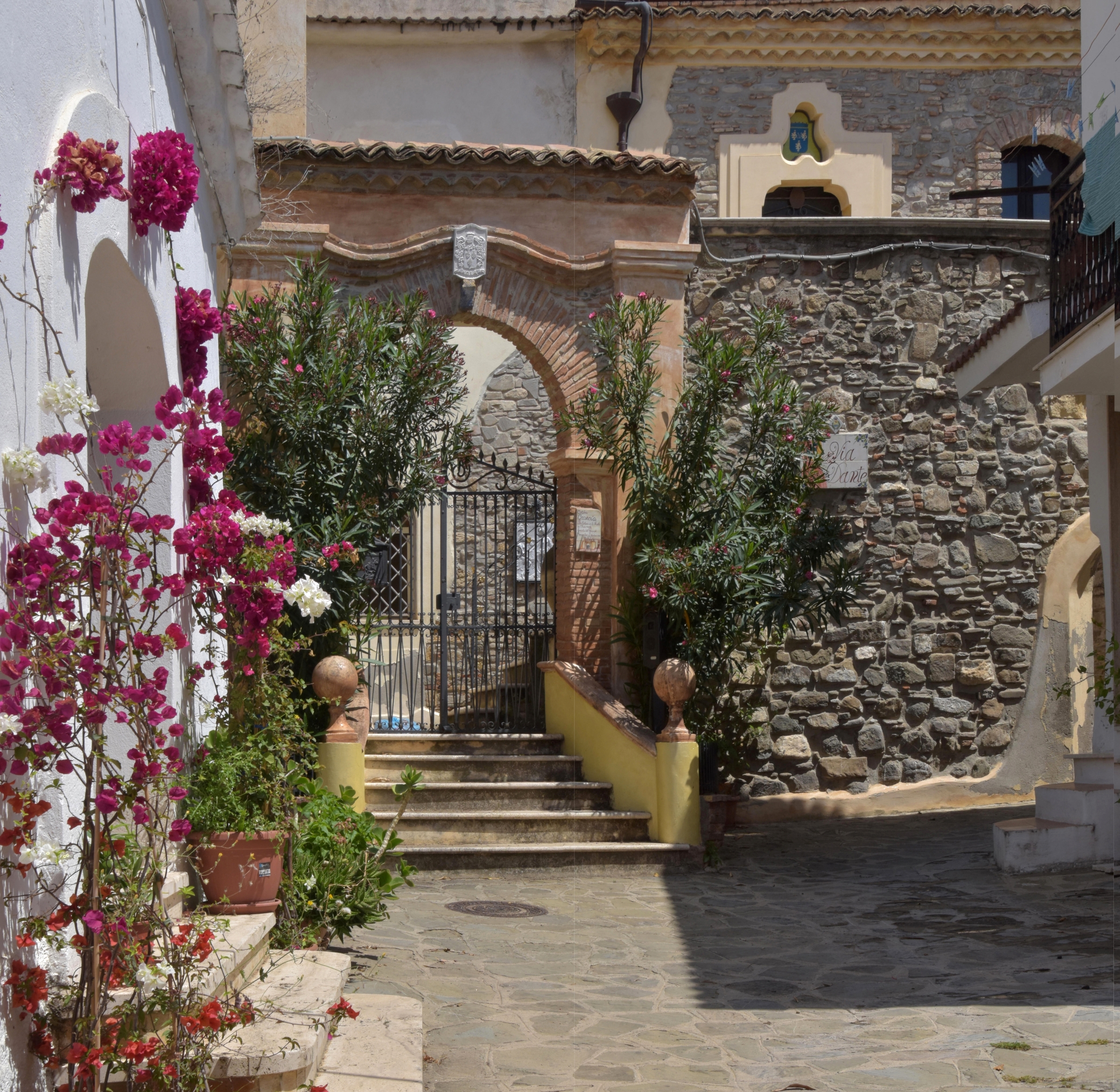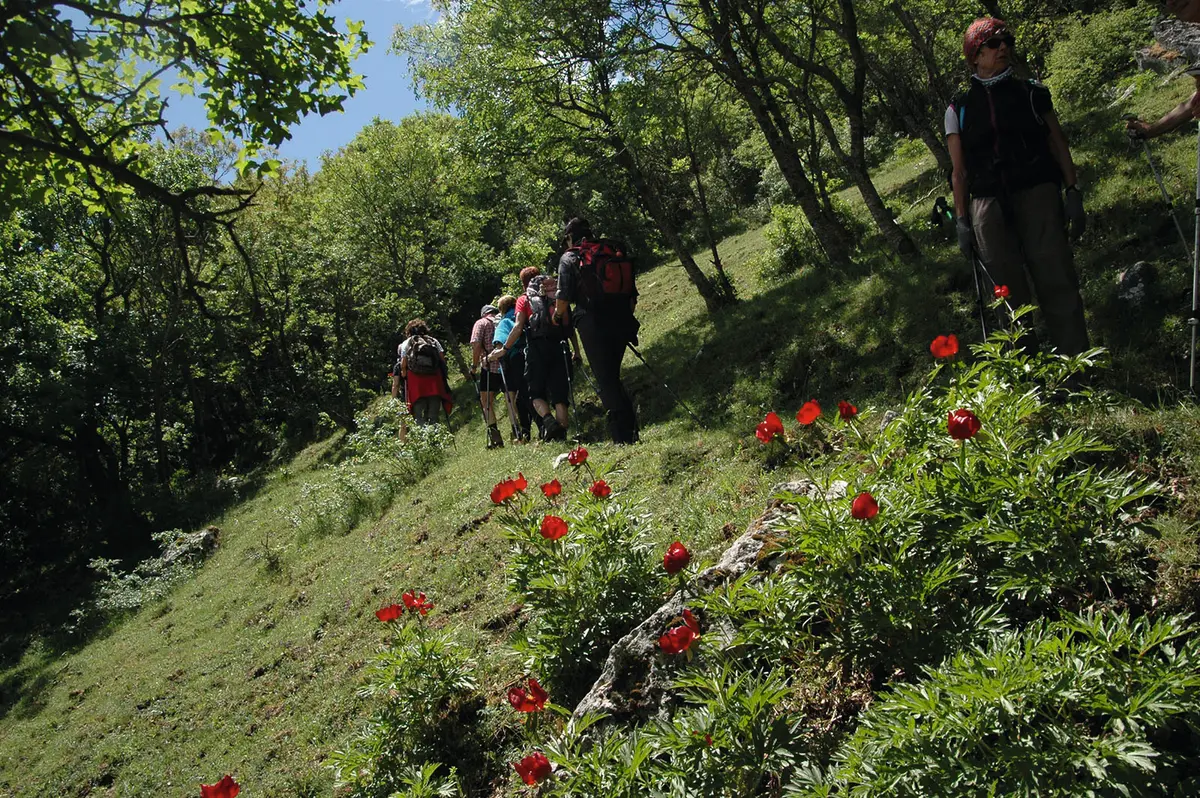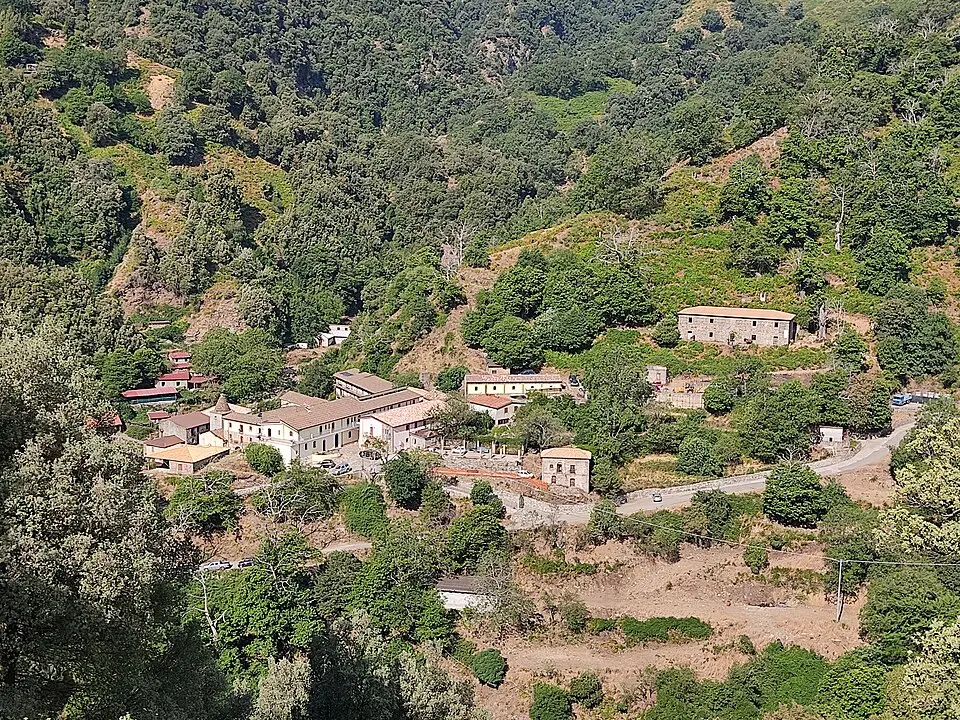The Cult of the Fires of Sant'Antonio Abate in Calabria
Faith and traditions of Calabria in the Feast of Sant'Antonio Abate
Sites of faith
Regione Calabria
His cult has always been suspended between the sacred and the profane, linked to the ancient rites of the rebirth of nature after the winter solstice, Sant'Antonio Abate in Calabria is celebrated with particular regard to agro-pastoral traditions.
Let's discover together the religious and pagan customs associated with the figure of Sant'Antonio Abate and the Calabrian places consecrated to the saint, who is celebrated on 17 January.
The Feast of Sant'Antonio Abate between sacred and profane
Also known as "Saint Anthony of Fire", with explicit reference to the custom of lighting large pyres of fire in his honour, Sant'Antonio Abate has been venerated in Calabria since antiquity with special characteristics.
Not surprisingly, protector of domestic animals and precursor of Christianity in the West, Antonio Abate, born in Egypt in 251, is an exorcist and healer saint, who has always been associated with rural life and the spaces of ancient hermit caves.
Such peculiar aspects are kept in memory in the Bonfires of Saint Anthony, which are still lit almost everywhere in Calabria on the night of 17 January and which feature fire as the purifying element of passage from the old to the new.
What is typically eaten for Sant'Antonio Abate? The time of year of the feast day and the very iconography of the saint, accompanied by a faithful piglet, leave no doubt. For Sant'Antonio Abate in Calabria, it is customary to eat the pig that has just been slaughtered and its delicious by-products, pork rinds and sausages, before preparing for the frugal period of Lent.
In honour of the patron of the peasant world, it is also customary to prepare typical sweets, such as taralli, zeppole and some pìtte and sweet breads.

The places of Sant'Antonio Abate in Calabria
Among the most important places dedicated to Sant'Antonio Abate in Calabria is the small Church of Sant'Antonio Abate in Archi, a suburb of the city of Reggio Calabria.
The small church stands in a picturesque spot, a veritable terrace with a panoramic view of the Strait. The building is one of the last vestiges of the Byzantine rite in the city and therefore of particular importance. Its origins date back to the year 1000, while the oldest documentary evidence dates back to 1363, when it is mentioned as Typikon di Sant'Antonio Abate. Later, the small church became the Royal Chapel of Ruggero D'Altavilla.
The Basilian monks chose to build it along the Scaccioti stream, an area rich in water that was home to one of the most important cattle fairs of the time, attracting shepherds, cattlemen and traders from all over Calabria and Sicily who came to sell and have their animals blessed.
Even today, this structure represents the perfect synthesis of Byzantine and Norman styles, blending artistic and spiritual motifs from East and West. Inside, one can still visit the Crypt where the monks were buried, a rare testimony in the whole of Calabria of this kind of sacred space.
From the scenic Church of Sant'Antonio Abate, it is easy to reach another of Reggio's places of faith, in a pilgrimage that joins it to the Monastery of the Visitation of Mary (or of Sales), in the nearby town of Ortì.
This enchanting nunnery is in turn located atop a hill that dominates the entire city of Reggio Calabria and the Strait of Messina from above.
Another place dedicated to the saint is located in the province of Cosenza. It is the delightful Chapel of Sant'Antonio Abate in Trebisacce, whose presence in documents dates back to the 18th century but certainly has much older origins.

Here too, on 17 January, the traditional customs of the blessing of domestic animals, popular games between neighbourhoods and the now-lost practice of incanto, or the ancient public auction of local food products, are proposed.
https://calabriastraordinaria.it/en/news/the-cult-of-the-fires-of-santantonio-abate-in-calabria





